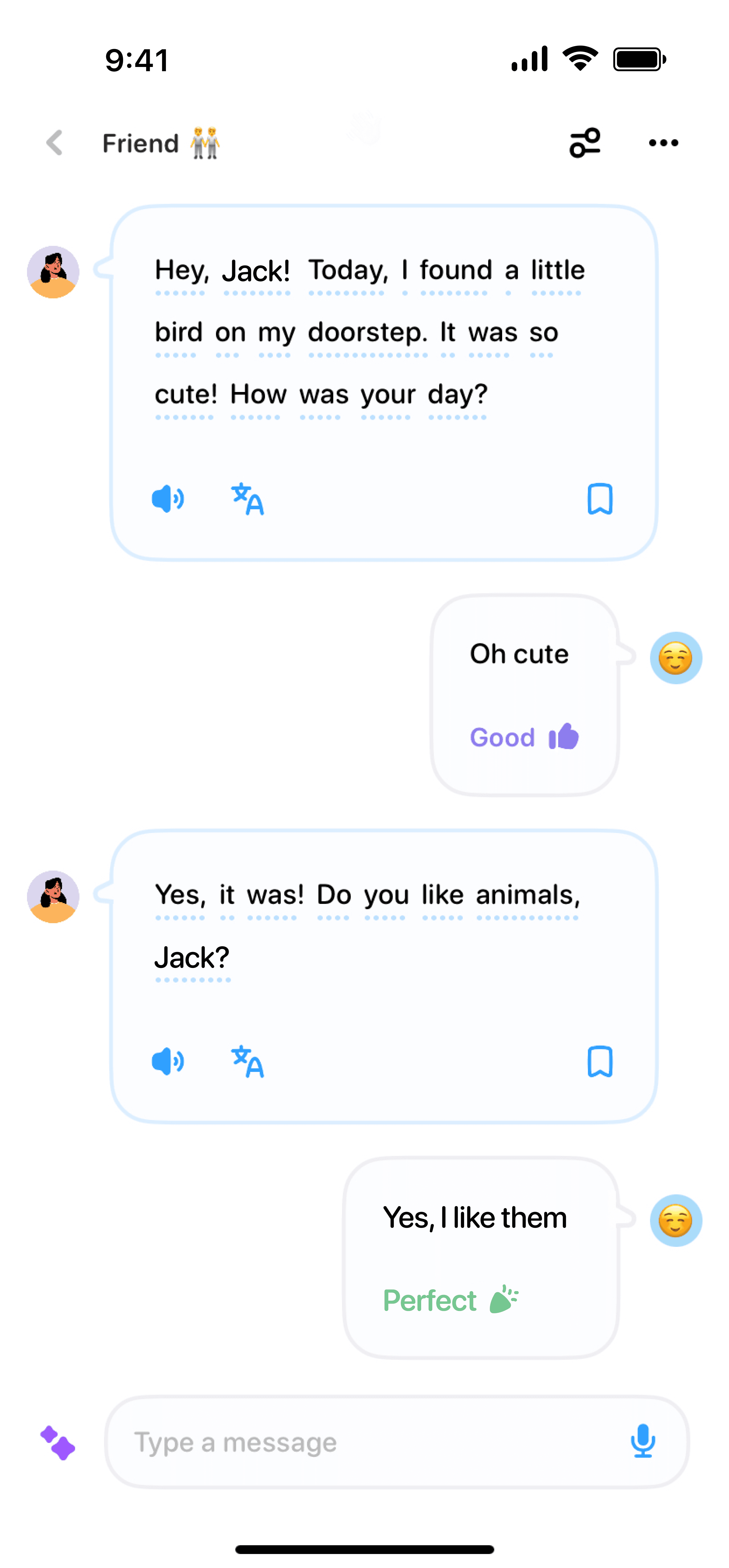06/01/2024
·
Emma Robbie
Learning a new language can be an exciting adventure, and with the right tools, you can start speaking Spanish right from the comfort of your home. Wondering how? Let’s dive into some practical steps you can take to learn beginning Spanish without stepping out your front door!
Set Up a Learning Space
Having a dedicated spot for your Spanish lessons can make a big difference. Whether it’s a corner in your living room or a small desk in your bedroom, create a space that is free from distractions. This way, you can focus and make the most of your study time.
Use Online Resources
The internet is full of fantastic tools to help you learn Spanish at home. Here are a few you might find useful:
Language Apps: Apps like Duolingo, Babbel, and Rosetta Stone offer fun, interactive ways to learn Spanish.
Online Courses: Websites such as Coursera, EdX, and Udemy have structured courses that guide you through different levels of Spanish.
YouTube: Channels like SpanishPod101 and Butterfly Spanish provide free, high-quality video lessons.
Practice Speaking
One of the best ways to learn beginning Spanish is to actually speak it. You might feel shy or nervous at first, but practice is key. Here’s how you can get started:
Language Exchange Partners: Use platforms like Tandem or HelloTalk to find native Spanish speakers who want to practice English. It’s a win-win!
Practice with Friends or Family: If you have friends or family members who speak Spanish, ask them to help you practice. Even short, daily conversations can significantly improve your skills.
Immerse Yourself in Spanish
Immersion is a powerful way to learn any language. While you might not be able to travel to a Spanish-speaking country right now, you can create an immersive environment at home. Here’s how:
Watch Spanish TV Shows and Movies: Streaming services like Netflix have a wide range of Spanish content. Turn on the subtitles if you need to!
Listen to Spanish Music and Podcasts: Spotify and Apple Music offer playlists and podcasts that can help you get used to the sounds and rhythms of Spanish.
Read in Spanish: Start with children’s books or simple stories. Over time, move on to more complex texts like news articles or novels.
Make It a Daily Habit
Consistency is critical when learning a new language. Set aside a little time each day for your Spanish practice. It doesn’t have to be long—even 15 minutes a day can lead to significant progress over time.
Have Fun with It!
Learning Spanish doesn’t have to be all work and no play. Incorporate games, flashcards, and fun apps into your routine. The goal is to enjoy the process, so find methods that you look forward to each day.
Final Thoughts
Embarking on the journey to learn beginning Spanish at home is entirely doable and can be incredibly rewarding. By setting up a conducive environment, taking advantage of online resources, and immersing yourself in the language daily, you’ll be surprised at how quickly you can progress.
¡Buena suerte! (Good luck!) Remember, every step you take brings you closer to becoming proficient in Spanish. Enjoy the journey!



